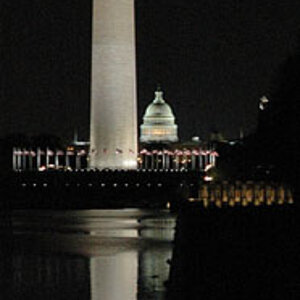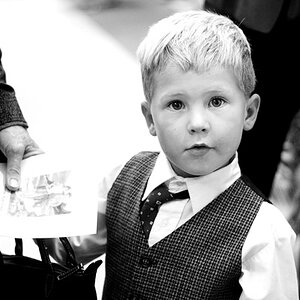Buckster
In memoriam
- Joined
- Sep 14, 2009
- Messages
- 6,399
- Reaction score
- 2,341
- Location
- Way up North in Michigan
- Can others edit my Photos
- Photos NOT OK to edit
Let's boil down what you just said, "a gray card is pricey, so buy a Sekonic L358 instead."Probably, but I'm not sure. For most basic scenes the in camera matrix mode should do a fair job as long as there is no problematic things in the scene. Keep it simple and compare it to another camera if you can. You can use a grey card to help out as other have suggested but there rather pricey and should not be needed. Then again if it help you get better exposures it well worth it.It's something YOU need to learn through experience.
Idahophoto, I highly doubt his meter is malfunctioning in any way.
It's user error.

I'm with the others. This is user error/learning curve on the part of the OP. He should read the manual, try different settings in various situations to get really comfortable with understanding what's going on with metering, adjust as needed to underexpose or overexpose depending on the circumstances just like using a handheld meter, then apply the techniques learned as part of his workflow.


![[No title]](/data/xfmg/thumbnail/37/37618-4cd08d553e4ce30fd49570b1ba8259f2.jpg?1619738152)

![[No title]](/data/xfmg/thumbnail/37/37616-5e9d06af384cf745ad31a513e49183a9.jpg?1619738151)

![[No title]](/data/xfmg/thumbnail/35/35265-c9ea3efd2c618a57ea136e63ad106880.jpg?1619736970)
![[No title]](/data/xfmg/thumbnail/35/35262-02f8eba4a2a92dbae0b55547bba80b4f.jpg?1619736968)
![[No title]](/data/xfmg/thumbnail/35/35669-485de67e98a042d63d728593720828a0.jpg?1619737091)


